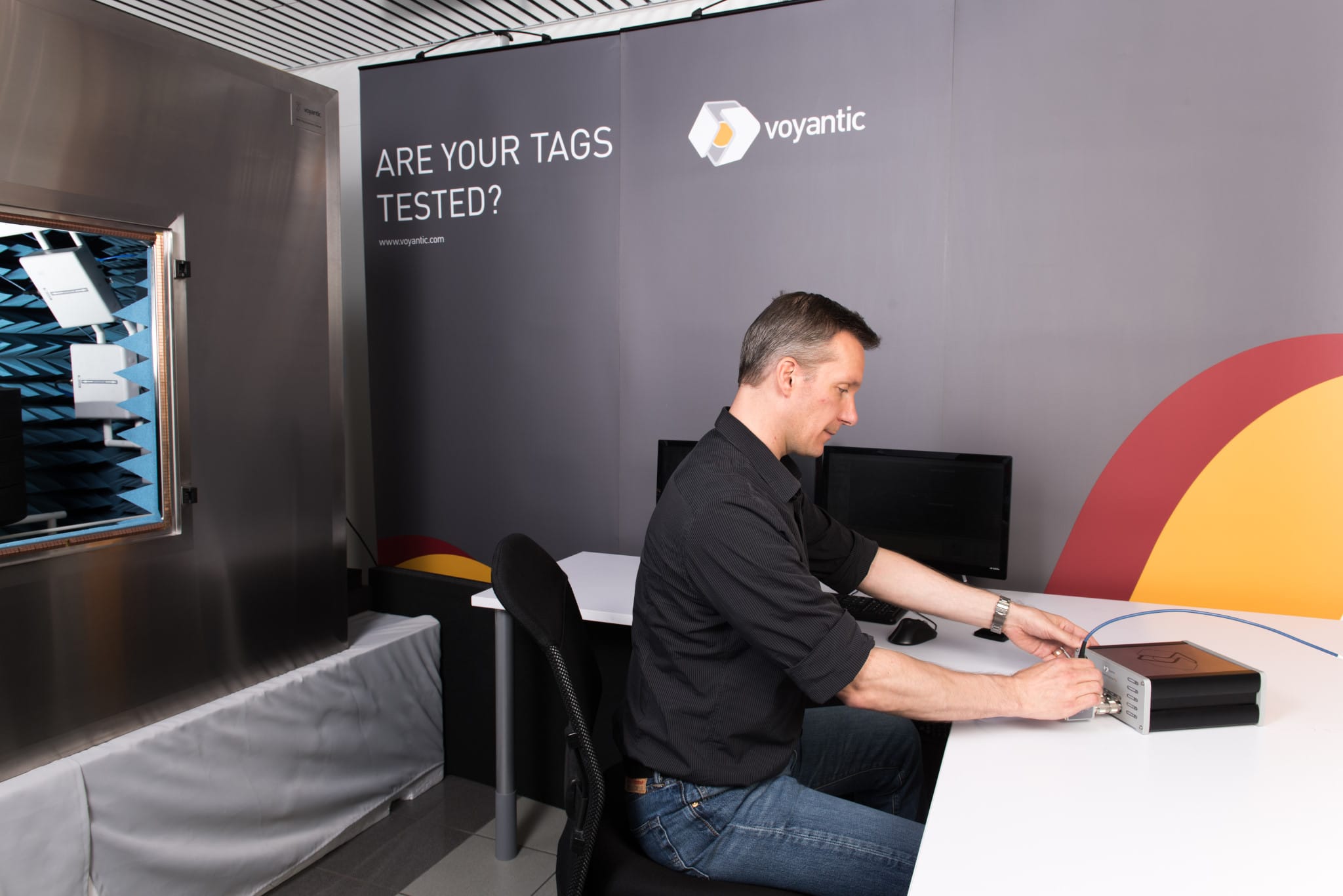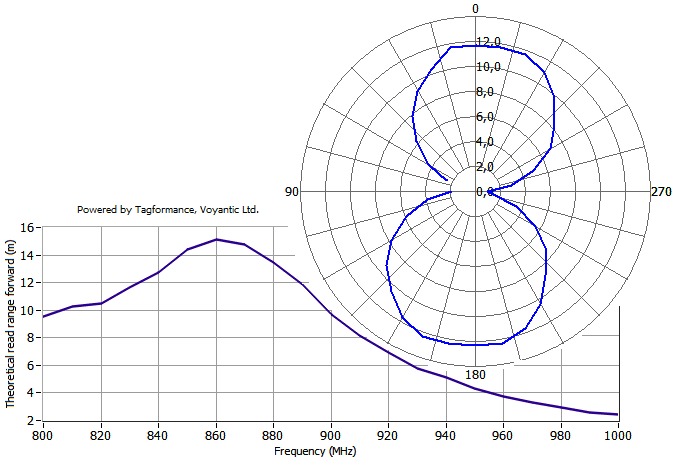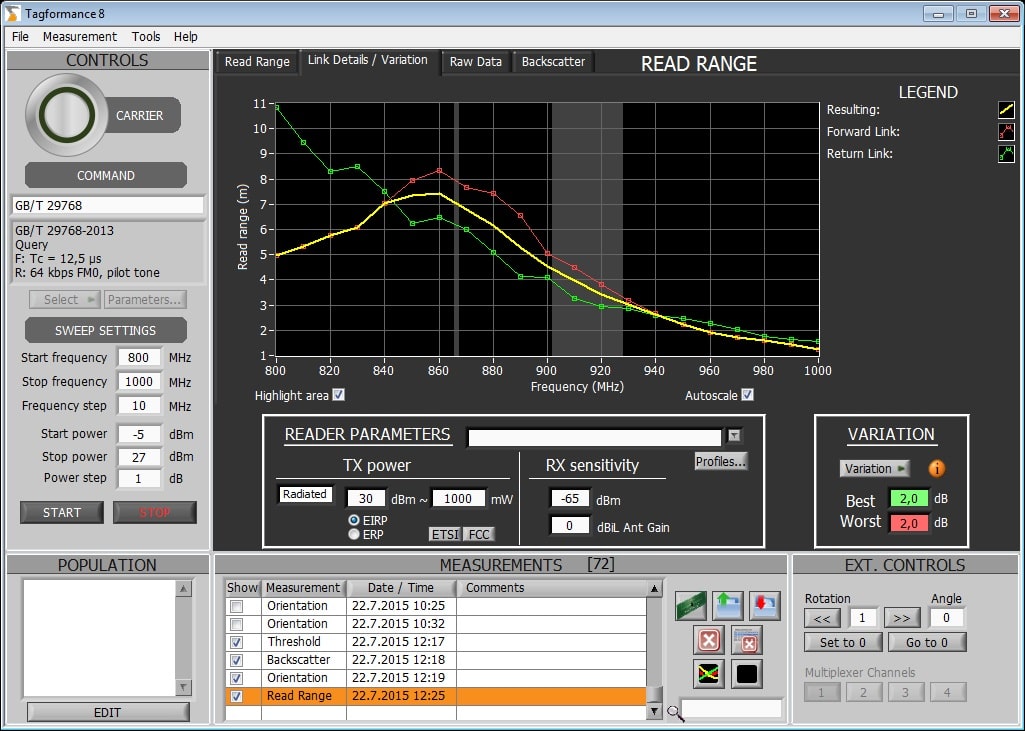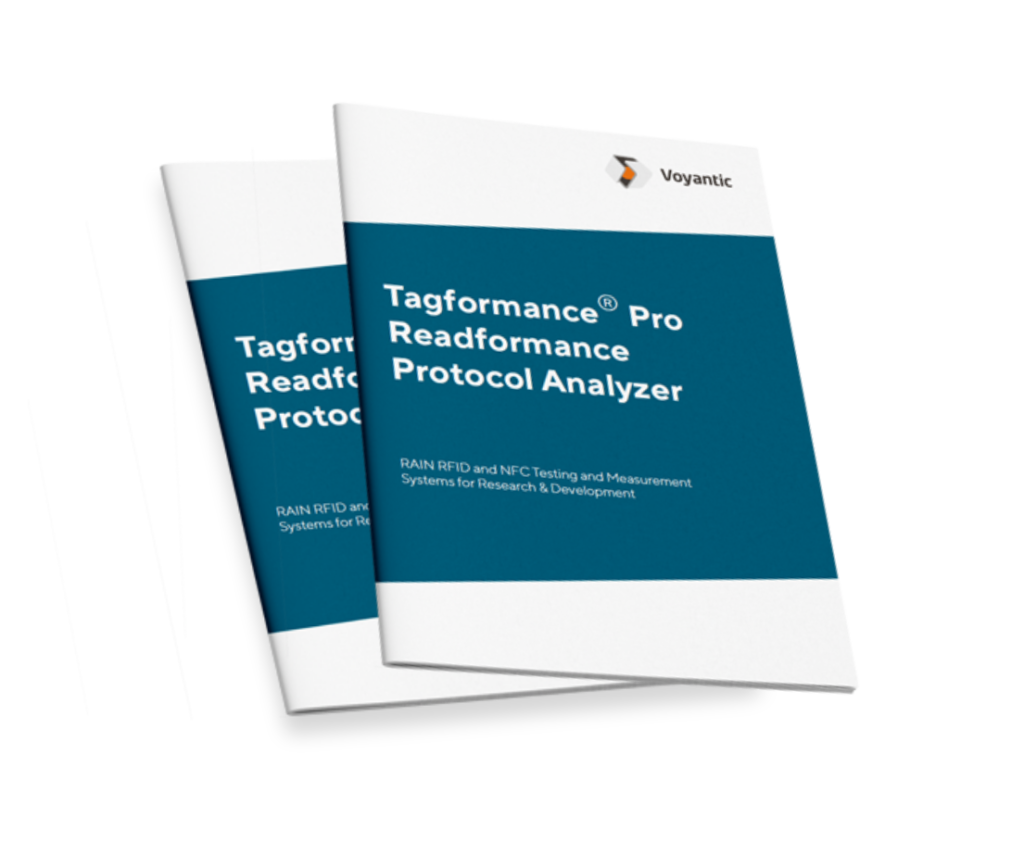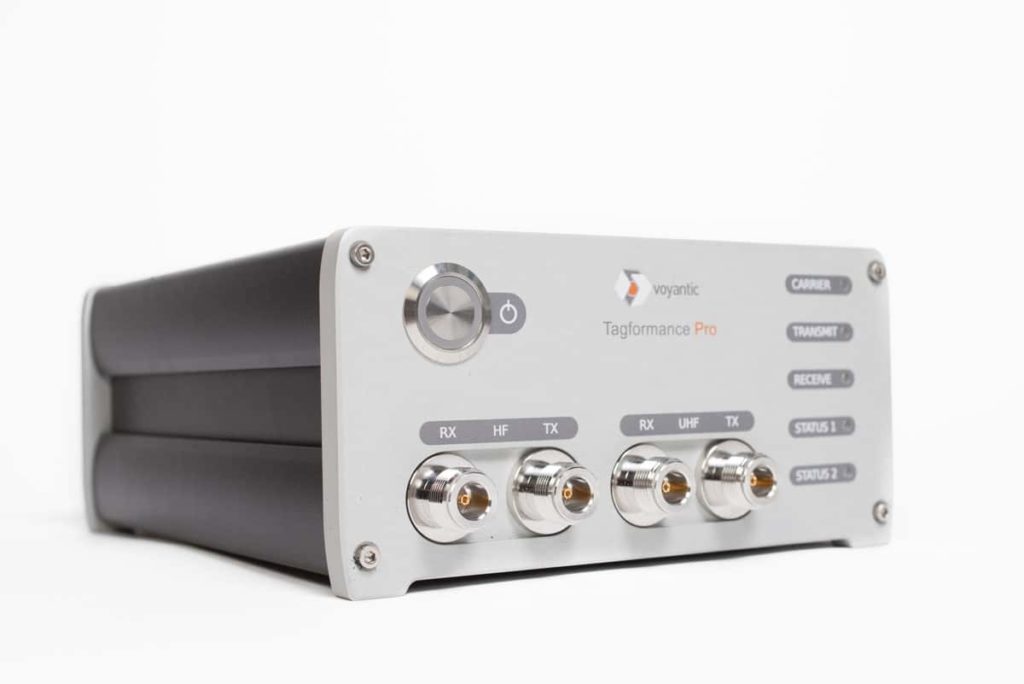Listen up now Alien, Avery Dennison, GE, Honeywell, Intel, Impinj, NXP, Metro, Smartrac, SML, SATO, Tesco, and Zebra. You have a world of hurt coming in – the ETSI UHF RFID band might get cannibalized, and you cannot afford it. We are facing a serious situation where other technologies may cripple the already narrow RFID ETSI band. Read on to learn more about what you should do to defend your business.
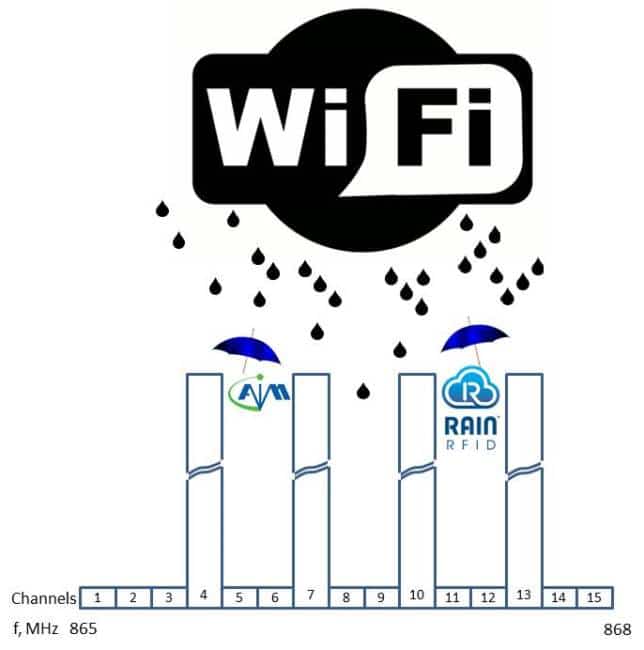
RFID Is a Niche Technology Compared with WiFi
WiFi, NFC, and Bluetooth are all great technologies, with trustworthy standards and powerful industry alliances behind them. UHF RFID is a hobby in comparison. How many people on the planet have ever heard about RFID, or of the RAIN Alliance for that matter?
European RFID companies and potential end-users already lost one fight a long time ago. Just compare the ETSI 865 to 868 MHz band to the FCC 902-928 MHz ISM band. Some difference there – how many channels was that? Luckily we Europeans got away with 2 Watts ERP anyhow.
WiFi Stretching Down to Sub-gigahertz Area
Next up: the ETSI RFID band may be crippled by other technologies, at least if we ask the WiFi consortium. The WiFi consortium with its 600 member companies is completing its mission, doing the dance and WiFi HaLow is being lobbied for a sub-gigahertz band to operate in, potentially on top of ETSI RFID. To make the situation even more alarming, RFID companies are not presented well enough in the ETSI workgroups where the hard work is done. This is where industry collaboration would make a difference.
LBT Would Downgrade the Position of RFID
A simple resolution of sharing the band is to put Listen Before Talk (LBT) in place and use RFID only if there is an available channel. Well then, how would that modified sales pitch is going to sound like to your customers who are concerned about the RF reliability and availability? Do note there are only four ETSI RFID reader channels available!
“Yes, well, basically, there is no problem.”
In the worst case, the IoT of non-powered devices would be postponed in Europe by a few decades. All the previous pain related to Round Rock and the Japan 950 MHz band change are peanuts compared with this. The EU business covers a 30% share of the global RFID market – this would hurt us all bad. We may all be destined to walk the niche path unless we act and stand united.

The New 915-921 MHz Band Is Needed and Proposed, but Not Approved Yet
The good news is that the new band 915-921 MHz in Europe may be opening up for RFID in the future. The proposal was already made in 2012 ETSI TR 102 649-2 V1.3.1 with an update ETSI EN 302 208-2 V2.1.1 in 2015. This is absolutely a positive issue with the work item REN/ERM-TG34-264 now in the “Final Draft for Approval” phase. How are You currently supporting this noble mission?
Get Proactive in Defending Your Business
AIM is alert already, and we have smart people engaged in this work. Still, more support is needed: join ETSI, join RAIN Alliance, support AIM, support GS1, and do assign your brightest to work on the ETSI ERM TG34. We are not out of the woods yet. Spare no Dollar, Euro, Yen, nor Yuan – Sharing the 866 MHz RFID band is not a concern of Europe alone; it could impact the global RFID business severely!
Do also make sure your representative is in the right room when it’s time to vote.
All blog posts

